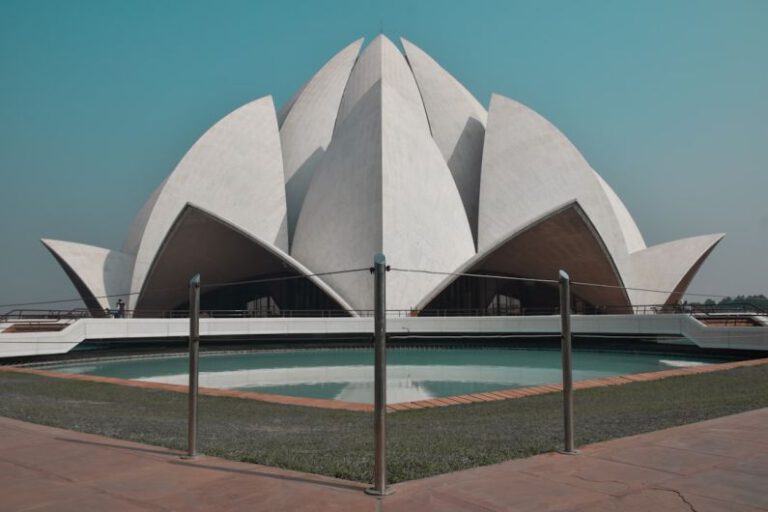Reviving History: the Intricacies of Rebuilding the Notre-dame Cathedral
The Notre-Dame Cathedral in Paris has stood as a symbol of French heritage and architectural magnificence for over eight centuries. The devastating fire that engulfed the iconic cathedral on April 15, 2019, not only shocked the world but also sparked a global effort to rebuild and restore this historic masterpiece. The intricate process of reviving the Notre-Dame Cathedral involves a myriad of challenges and considerations, from structural integrity to historical accuracy.
Preserving the Architectural Heritage
The Notre-Dame Cathedral is renowned for its stunning Gothic architecture, intricate sculptures, and majestic stained glass windows. The restoration efforts must aim to preserve the architectural heritage of the cathedral while incorporating modern techniques and materials to ensure its longevity. Architects, historians, and craftsmen are meticulously studying the original plans and designs of the cathedral to recreate its intricate features with precision and authenticity.
Challenges in Structural Stability
One of the primary challenges in rebuilding the Notre-Dame Cathedral lies in ensuring its structural stability. The fire severely damaged the roof and spire of the cathedral, weakening its structural integrity. Engineers and experts are conducting extensive assessments to determine the extent of the damage and develop a comprehensive plan for reinforcing the building’s structure. The delicate balance between preserving the historical architecture and implementing modern structural solutions is crucial in ensuring the cathedral’s safety and longevity.
Restoring the Iconic Spire
The iconic spire of the Notre-Dame Cathedral, which collapsed during the fire, is a symbol of the cathedral’s grandeur and architectural excellence. The restoration of the spire presents a unique challenge, as craftsmen and artisans must recreate its intricate design and delicate features while incorporating modern building techniques. The selection of materials, such as lead or a contemporary alternative, is a crucial decision in ensuring the spire’s durability and visual appeal.
Navigating Historical Accuracy
Maintaining historical accuracy is paramount in the restoration of the Notre-Dame Cathedral. Every detail, from the sculptures adorning the facades to the intricate rose windows, must be faithfully recreated to preserve the cathedral’s historical and cultural significance. Artisans and craftsmen are utilizing traditional techniques and craftsmanship to replicate the intricate details of the original design, ensuring that the restored cathedral closely resembles its pre-fire state.
Safeguarding Cultural Heritage
The Notre-Dame Cathedral is not only a symbol of architectural excellence but also a cultural landmark that holds immense significance for the people of France and beyond. The restoration efforts must not only focus on rebuilding the physical structure but also on safeguarding the cultural heritage and historical legacy of the cathedral. Collaborations between experts, preservationists, and government agencies are essential in ensuring that the restoration process respects the cultural and historical importance of the Notre-Dame Cathedral.
Preserving the Legacy for Future Generations
The restoration of the Notre-Dame Cathedral is a complex and multifaceted endeavor that requires meticulous planning, expertise, and dedication. By preserving the architectural heritage, maintaining historical accuracy, and safeguarding the cultural significance of the cathedral, the restoration efforts aim to revive this iconic landmark for future generations to admire and appreciate. The rebuilding of the Notre-Dame Cathedral is not just a construction project but a testament to the resilience, creativity, and enduring legacy of one of the world’s most beloved architectural treasures.






